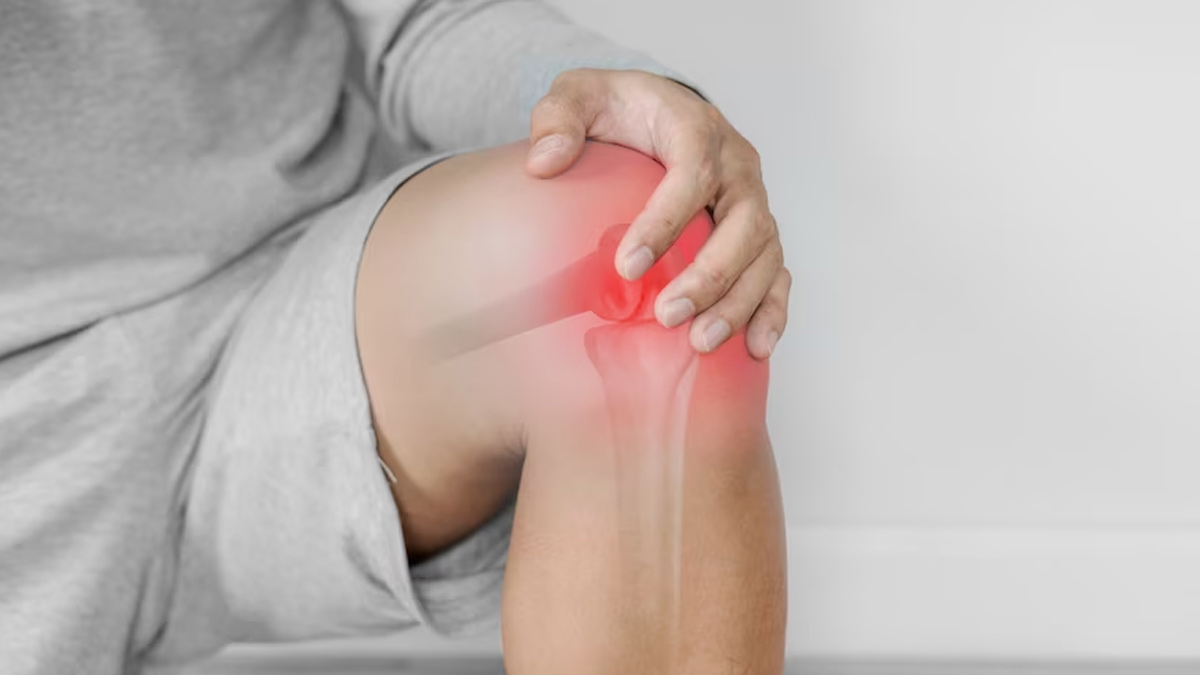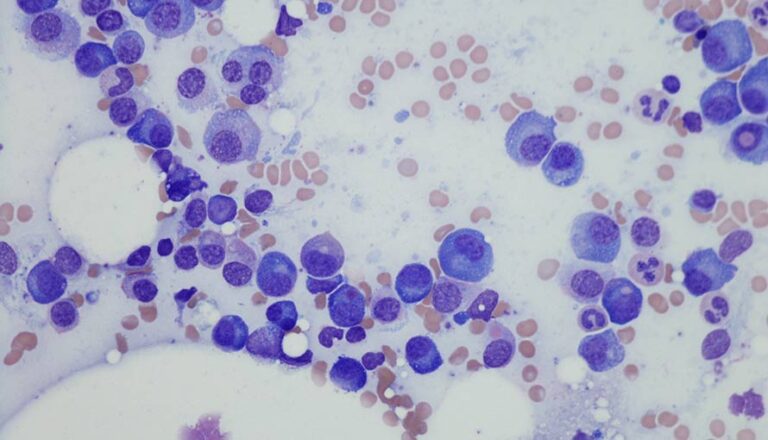What Causes Knee Pain?
Knee pain is a common issue that affects individuals of all ages. Understanding the root causes of this discomfort is essential for effective treatment and prevention. In this comprehensive guide, we delve into the various factors that contribute to knee pain, offering detailed insights and solutions.
Table of Contents
Anatomy of the Knee
The knee is a complex joint, crucial for movement and weight-bearing activities. It comprises bones, cartilage, ligaments, tendons, and muscles. The key components include:
- The femur (thighbone), tibia (shinbone), and patella (kneecap).
- This includes the meniscus and articular cartilage, which cushion the bones and facilitate smooth movement.
- The anterior cruciate ligament (ACL), posterior cruciate ligament (PCL), medial collateral ligament (MCL), and lateral collateral ligament (LCL) stabilize the knee.
- These connect muscles to bones, enabling movement.
- The quadriceps and hamstrings are the primary muscles involved in knee function.
Common Causes of Knee Pain
Injuries
Ligament injuries, such as ACL tears, are prevalent in athletes and active individuals. These injuries often result from sudden changes in direction, jumps, or direct impacts. Symptoms include severe pain, swelling, and instability. The meniscus, a cartilage structure, can tear due to twisting motions or heavy lifting. A torn meniscus causes pain, swelling, stiffness, and a reduced range of motion. Inflammation of the tendons, known as tendonitis, can result from overuse or repetitive strain. Common forms include patellar tendonitis (jumper’s knee) and quadriceps tendonitis.
Degenerative Conditions
Osteoarthritis is a degenerative joint disease that occurs when cartilage wears down over time. It causes pain, stiffness, swelling, and decreased mobility, typically affecting older adults. An autoimmune disorder, rheumatoid arthritis, causes the body to attack its joint linings. This leads to inflammation, pain, and eventual joint damage.
Mechanical Problems
When the patella moves out of its normal alignment, it can cause pain and discomfort, especially during activities like squatting or climbing stairs. The iliotibial band, running from the hip to the shin, can become tight and irritated, leading to pain on the outer side of the knee, commonly seen in runners and cyclists.
Other Causes
Inflammation of the bursae, small fluid-filled sacs that cushion the knee joint, can cause pain and swelling. This condition often results from repetitive movements or prolonged pressure. A type of arthritis caused by the accumulation of uric acid crystals in the joints, gout leads to sudden and severe pain, redness, and swelling. Knee infections, though rare, can cause significant pain, swelling, and fever. Prompt medical attention is necessary to address this condition.
Risk Factors for Knee Pain
Certain factors increase the likelihood of developing knee pain:
- As we age, wear and tear on the knee joint become more pronounced.
- Excess body weight adds stress to the knee joints.
- High-impact sports or jobs requiring repetitive knee movements increase the risk of injuries.
- A history of knee injuries predisposes individuals to future issues.
YOU MAY ALSO READ: What is the Hormone Replacement Therapy?
Symptoms and Diagnosis
Common Symptoms
- Varies from sharp and intense to dull and aching.
- Indicative of inflammation or fluid buildup.
- Reduced flexibility and difficulty bending the knee.
- The feeling of the knee giving way or being unable to support the weight.
Diagnostic Methods
Healthcare providers use several methods to diagnose knee pain:
- Assessing the range of motion, stability, and tenderness.
- X-rays, MRIs, and CT scans provide detailed images of the knee structures.
- A minimally invasive procedure that allows direct visualization of the knee joint.

Treatment Options
Non-Surgical Treatments
1. Rest and Activity Modification Reducing or modifying activities that exacerbate pain can alleviate symptoms.
2. Physical Therapy Strengthening and flexibility exercises tailored to individual needs improve knee function and reduce pain.
3. Medications Over-the-counter pain relievers (NSAIDs) and prescription medications help manage inflammation and pain.
4. Injections Corticosteroid injections reduce inflammation, while hyaluronic acid injections lubricate the joint.
Surgical Treatments
1. Arthroscopic Surgery Minimally invasive surgery to repair or remove damaged tissues.
2. Partial Knee Replacement Replacing the damaged part of the knee with artificial components.
3. Total Knee Replacement Replacing the entire knee joint with a prosthetic one for severe cases.
Prevention Strategies
Preventing knee pain involves maintaining a healthy lifestyle and taking proactive measures:
- Reduces stress on the knee joints.
- Strengthens muscles around the knee and improves flexibility.
- Ensures proper alignment and support during activities.
- Prepares the muscles and joints for physical activity and aids recovery.
- Be mindful of activities that put undue stress on the knees.
When to Seek Medical Attention?
It is crucial to seek medical attention if:
- Pain persists or worsens over time.
- Swelling or redness increases.
- The knee is unstable or cannot bear weight.
- You experience fever or other signs of infection.
Conclusion.
Knee pain is a multifaceted issue with various causes, from acute injuries to chronic conditions. Understanding these factors and seeking appropriate treatment is essential for managing pain and maintaining knee health. By adopting preventive measures and staying informed about the latest treatment options, individuals can lead active and pain-free lives.







